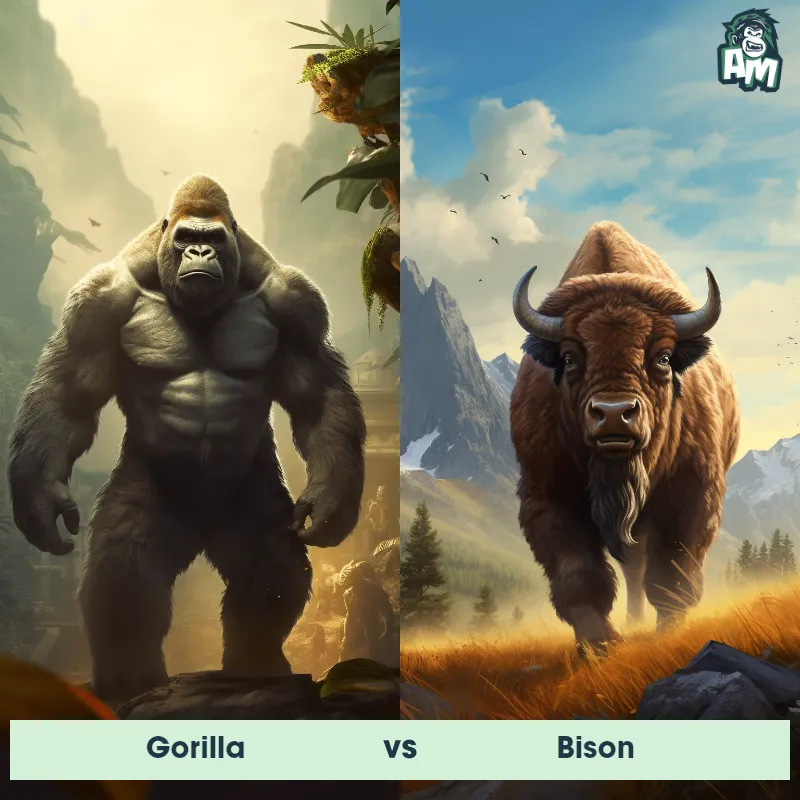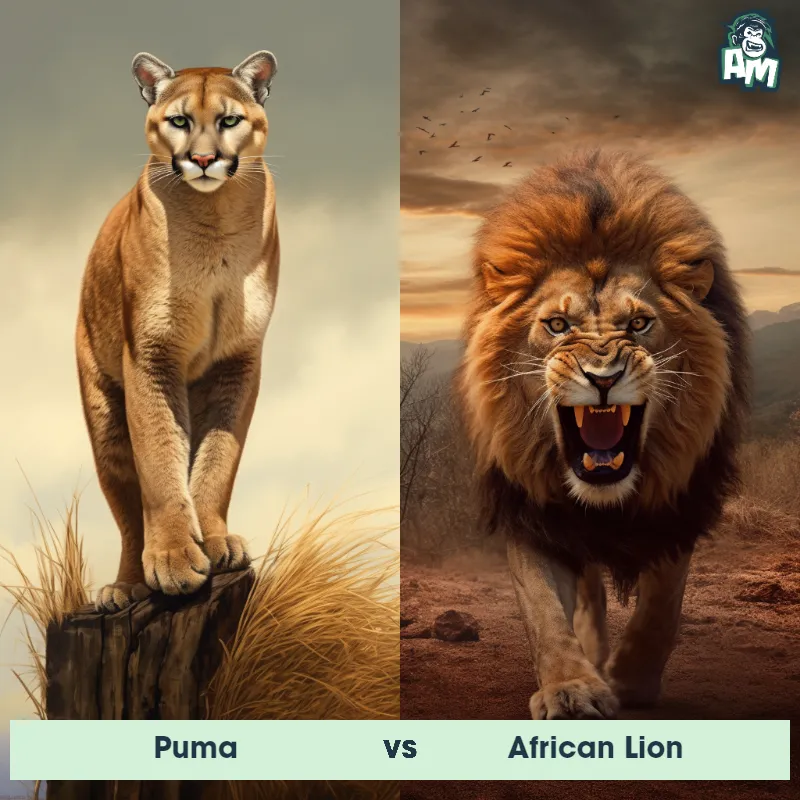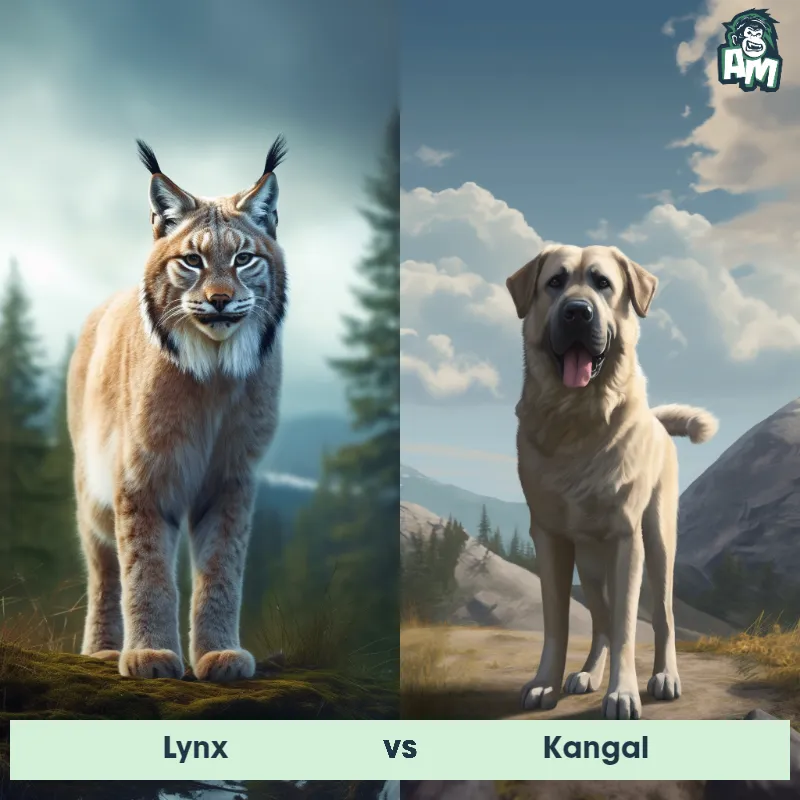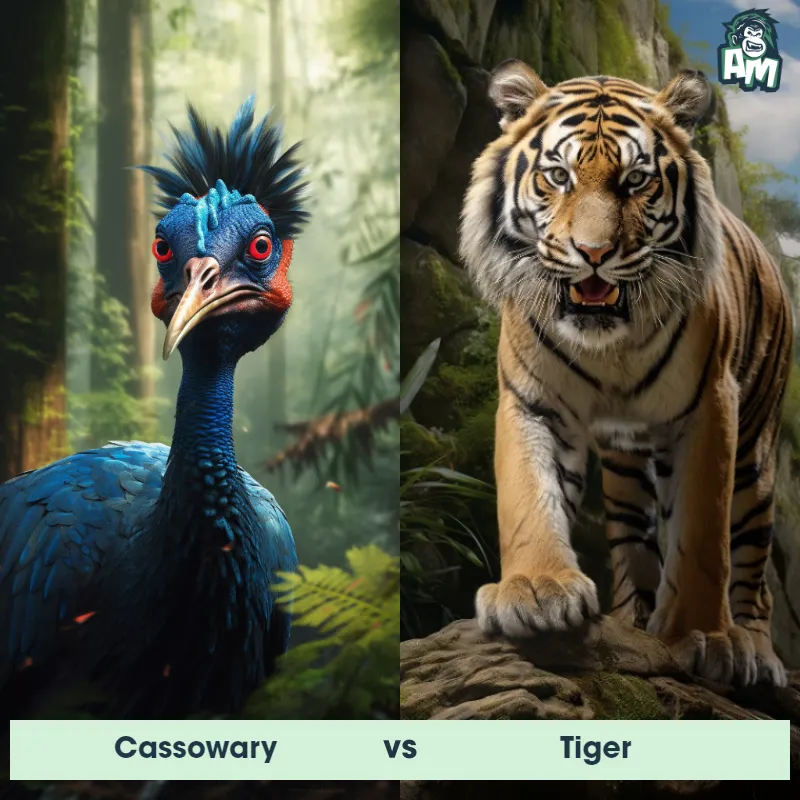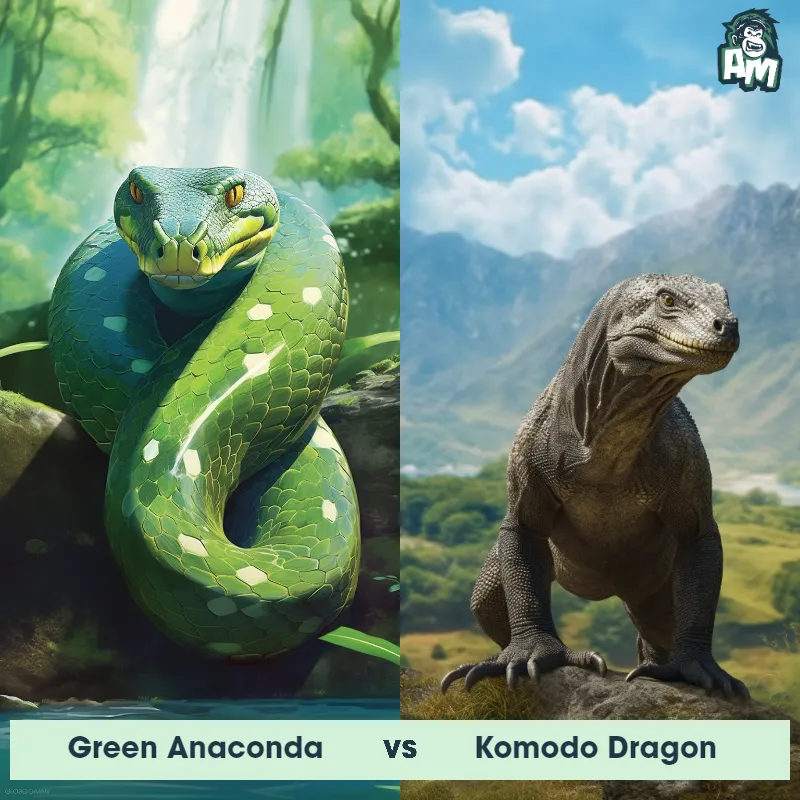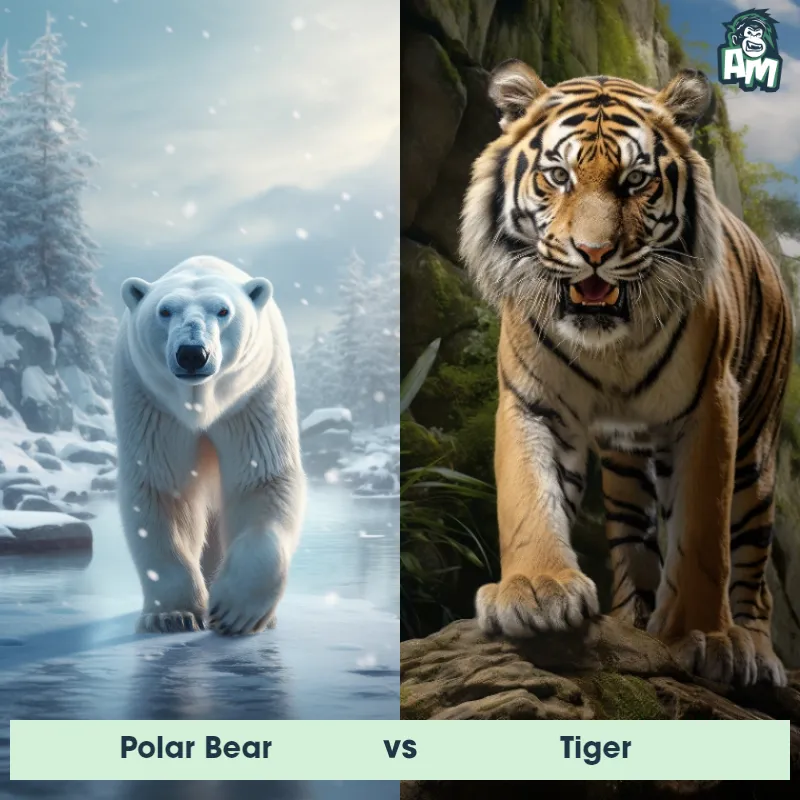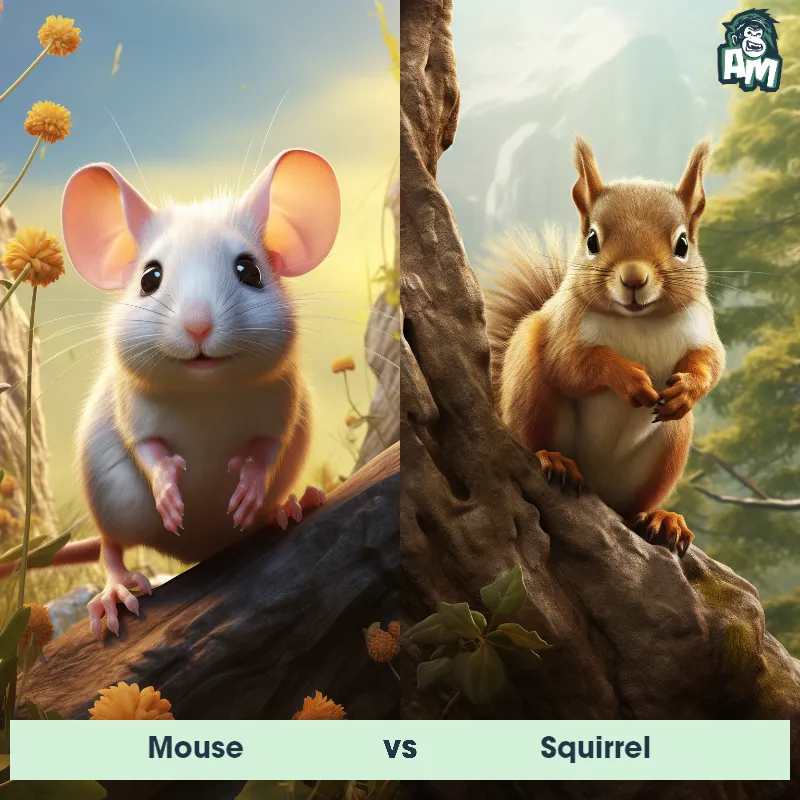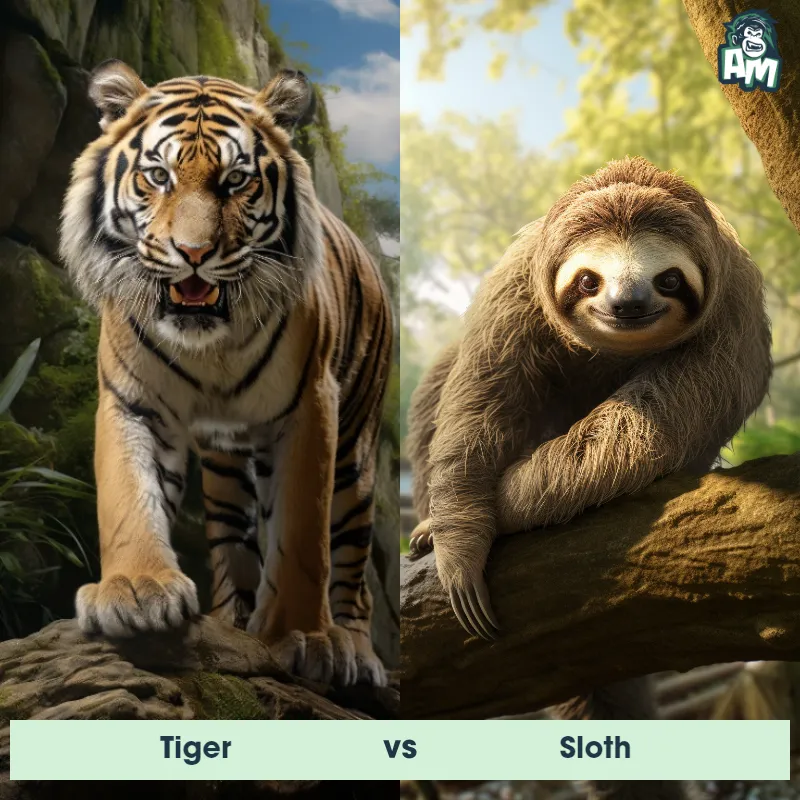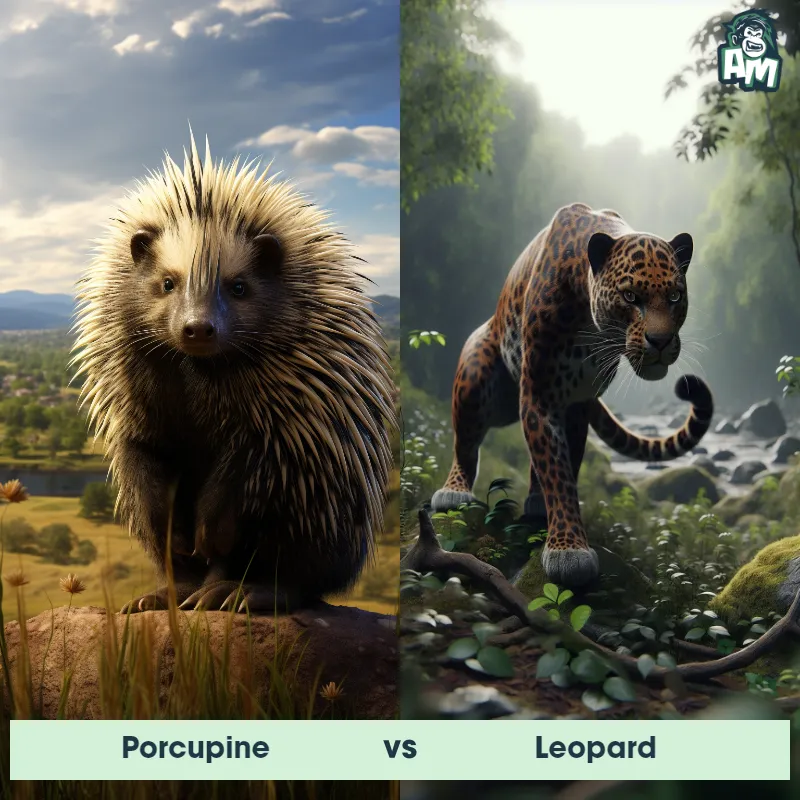Pterodactyl vs AllosaurusSee Who Wins

In the left corner, soaring with a wingspan that'll make your heart skip a beat, the prehistoric sky predator, the Pterodactyl! Across the way, a fearsome sight with jaws to match, the terrestrial terror, the Allosaurus! Both creatures stare each other down in this ancient clash of titans. The crowd is on the edge of their seats!
Contender 1: Pterodactyl
The Pterodactyl, also known as Pteranodon, was a flying reptile that lived during the Late Cretaceous period. They had wing membranes made of skin stretched between an elongated fourth digit and their body, allowing them to soar through the air. Unlike birds, Pterodactyls did not have feathers but were covered in a thin layer of fur-like fibers. Their sharp beaks were used for catching fish, their primary food source.
Fun Fact: Despite being commonly referred to as dinosaurs, Pterodactyls were actually flying reptiles and belonged to a group known as pterosaurs.
Contender 2: Allosaurus
Fun Fact:
Matchup Stats
| Pterodactyl | Allosaurus | |
|---|---|---|
| Size | 12 feet long (3.6 meters) | Up to 30 feet (9.1 meters) |
| Weight | 55 pounds (25 kilograms) | 2.3 tons (4,600 pounds) |
| Speed | 70mph (113km/h) | 20-30mph (32-48km/h) |
| Key Strength | Speed and agility | Bite Force |
| Biggest Weakness | Vulnerable neck area | Short Arms |
Current Votes
Pterodactyl vs Allosaurus
See Who Wins
View More Matches
Looking For More?
Similar Matches
Scientific Stats
| Pterodactyl | Allosaurus | |
|---|---|---|
| Scientific Name | Pterodactylus | Allosaurus |
| Family | Pterosauria | Allosauridae |
| Habitat | Coastal areas | Terrestrial |
| Geography | Worldwide distribution | North America, Europe, Africa |
| Diet | Fish | Carnivorous |
| Lifespan | 25 years - 30 years | 20 years - 30 years |
Key Differences between Pterodactyl and Allosaurus
- Tail: Allosaurus had a long, muscular tail used for balance, while Pterodactyl had a shorter, less robust tail.
- Posture: Allosaurus stood and moved on two muscular legs, whereas Pterodactyl was assumed to have a primarily quadrupedal stance when on land.
- Limbs: Allosaurus had powerful hind limbs and shorter front limbs adapted for grasping, whereas Pterodactyl had membranous wings supported by an elongated fourth finger.
- Head: Allosaurus possessed a large, robust skull with sharp teeth, while Pterodactyl had a lighter, more elongated skull with a beak-like jaw.
- Skin: Allosaurus had a skin likely covered in scales, while Pterodactyl had some evidence suggesting a covering of pycnofibers, akin to furry filaments.
- Size: Allosaurus was typically much larger, growing up to 12 meters long, while the Pterodactyl was smaller, with wingspans reaching up to 10 meters but a far smaller body.



